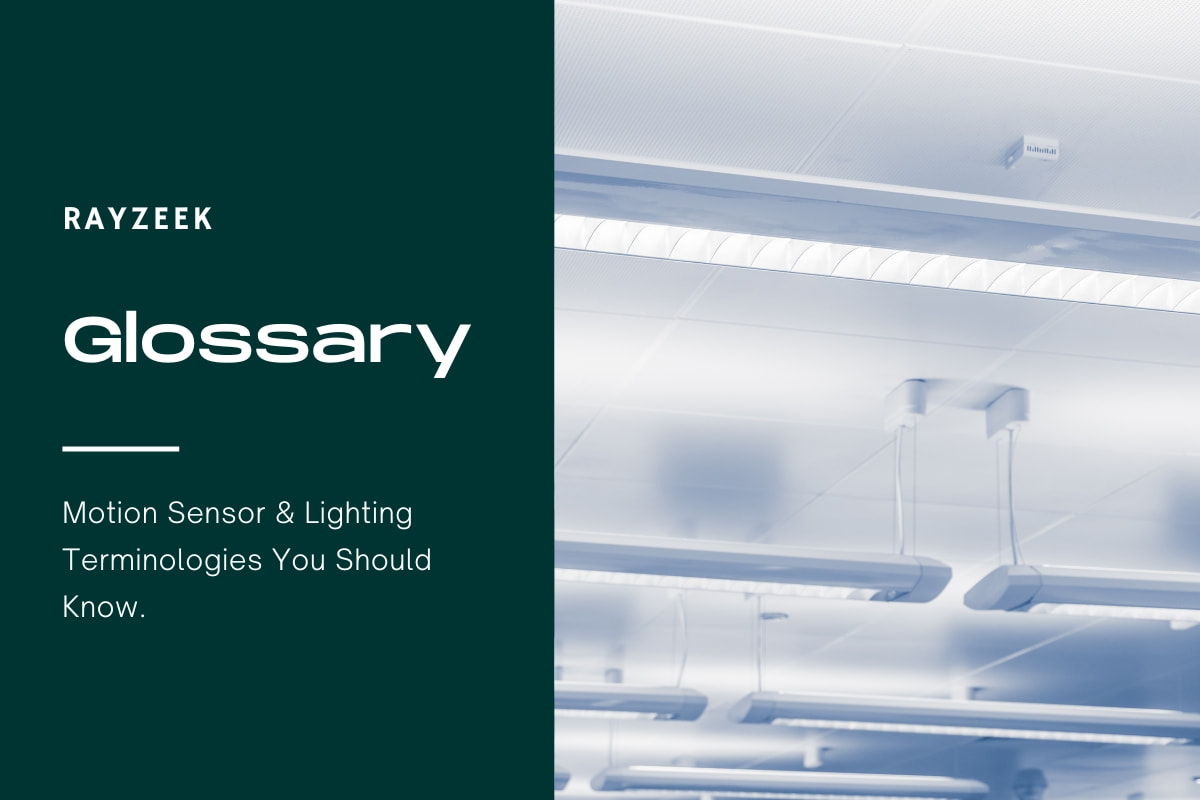What is High-Intensity Discharge
High-Intensity Discharge (HID) is a type of gas discharge lamp widely used in the lighting industry. These lamps produce light by creating an electric arc between two electrodes through an ionized gas. HID lamps are known for their high efficiency at converting electricity into light and their long lifespan.
Unlike fluorescent lights that require a phosphor coating to emit visible light, HID lamps do not need any coating inside their tubes. The electric arc itself emits visible light. However, some metal halide lamps and many mercury vapor lamps have a phosphor coating inside the bulb to enhance the light spectrum and color rendering.
Looking For Motion-Activated Energy-Saving Solutions?
Contact us for complete PIR motion sensors, motion-activated energy-saving products, motion sensor switches, and Occupancy/Vacancy commercial solutions.
HID lamps are available in various wattages, ranging from 25 watts for self-ballasted metal halide lamps and 35 watts for high-intensity sodium vapor lamps to 1000 watts for high-intensity mercury vapor and sodium vapor lamps, and even up to 1500 watts for metal halide lamps.
HID lamps require special control gear called a ballast to operate. The ballast regulates the amount of current supplied to the inner tube of the lamp, ignites the light, and supports additional functions like dimming the lamp.
Maybe You Are Interested In
Frequently Asked Questions
What Is the Most Common Discharge Lamp Type
These lights operate by generating an electric arc between electrodes (typically composed of tungsten) situated within a partially transparent or transparent arc tube. The most frequently encountered types of discharge lamps include metal halide lamps, sodium vapor lamps, mercury vapor lamps, and xenon arc lamps.
How Many Watts Is a High Intensity Discharge Lamp
A high pressure sodium (HPS) lamp typically produces around 95 lumens per watt, making it one of the most efficient types of high intensity discharge (HID) lamps. In comparison, metal halide (MH) lamps emit approximately 60 lumens per watt, while mercury vapor (MV) lamps have the lowest efficiency at only 32 lumens per watt among HID lamps.
What Are the 2 Types of Discharge Lamps
Discharge lamps are available in various types, such as low pressure mercury (fluorescent), induction, high pressure mercury vapor, mercury-blended, metal halide, low pressure sodium, and high pressure sodium.
What Are the Disadvantages of High Intensity Discharge Lamps
Disadvantages: Inferior Color Quality – High intensity discharge lamps, such as HPS bulbs, emit an orange glow that can be challenging for the human eye to perceive. As a result, areas illuminated by HPS lamps often appear dull and dim. Diminished Lumen Maintenance – Over time, HPS bulbs experience a significant decrease in light output before reaching the point of complete burnout.
Can I Replace My HID Bulbs With LED
An alternative option to upgrade your HID lighting is to consider using an LED lamp and driver. In this case, you would need to remove the ballast, replace it with an LED driver, and incorporate a light array or bulb.

























